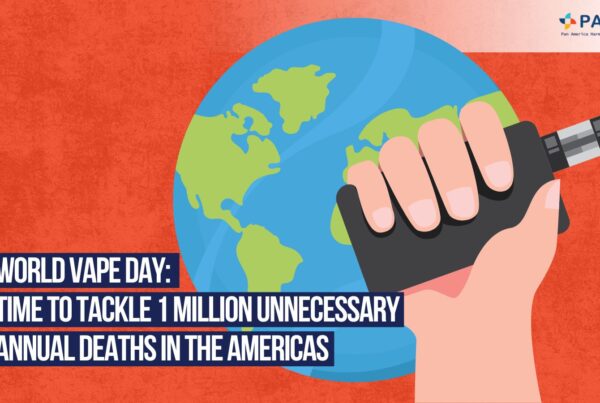
As part of a recently published report on the potential positive effects harm reduction policies can have when it comes to tobacco-related deaths, particularly in lower- and middle-income countries (LMICs), Kazakhstan is used as one of the examples within a case study.
According to this report, Kazakhstan alone could prevent 165,000 premature deaths within the next four decades by implementing tobacco harm reduction policies, as these policies can save lives. Achieving this ideal would only be possible if the government, in combination with other key players, focused on the implementation of tobacco harm reduction (THR) policies by enhancing the overall availability of THR products as well as improving accessibility to diagnostics and treatment of illnesses relating to tobacco use. These additional factors are just as important as the traditional form of tobacco control already in action.
When looking into the three main causes of death in Kazakhstan – heart disease, stroke and chronic obstructive pulmonary disease (COPD) – one can see that all three are tobacco-related, indicating a clear need for improved tobacco control strategies.
With an overall smoking population of 20.9%, Kazakhstan presents a significant gender gap in smoking prevalence between men (37.7%) and women (5.8%). The extreme difference in life expectancy between men (67.5 years) and women (76.4 years) in Kazakhstan is thus explained through this report. The importance of applying the insights found within this report is emphasised by the previously mentioned shared causes of death as well as the correlation it has to overall life expectancy.
Interested to find out more on harm reduction and its potential positive effects on tobacco-related deaths? Read the full report here.
Tags
Popular Posts
Quick Links
Related Posts
 Paradigm Shift Needed In Pan America’s Approach to End Smoking
Paradigm Shift Needed In Pan America’s Approach to End Smoking
Paradigm Shift Needed In Pan America’s Approach to End Smoking
 Tobacco Harm Reduction Seminar in Brazil
Tobacco Harm Reduction Seminar in Brazil
Tobacco Harm Reduction Seminar in Brazil
 Systematic Review of Vaping Flavours | Dr. Konstantinos Farsalinos
Systematic Review of Vaping Flavours | Dr. Konstantinos Farsalinos





